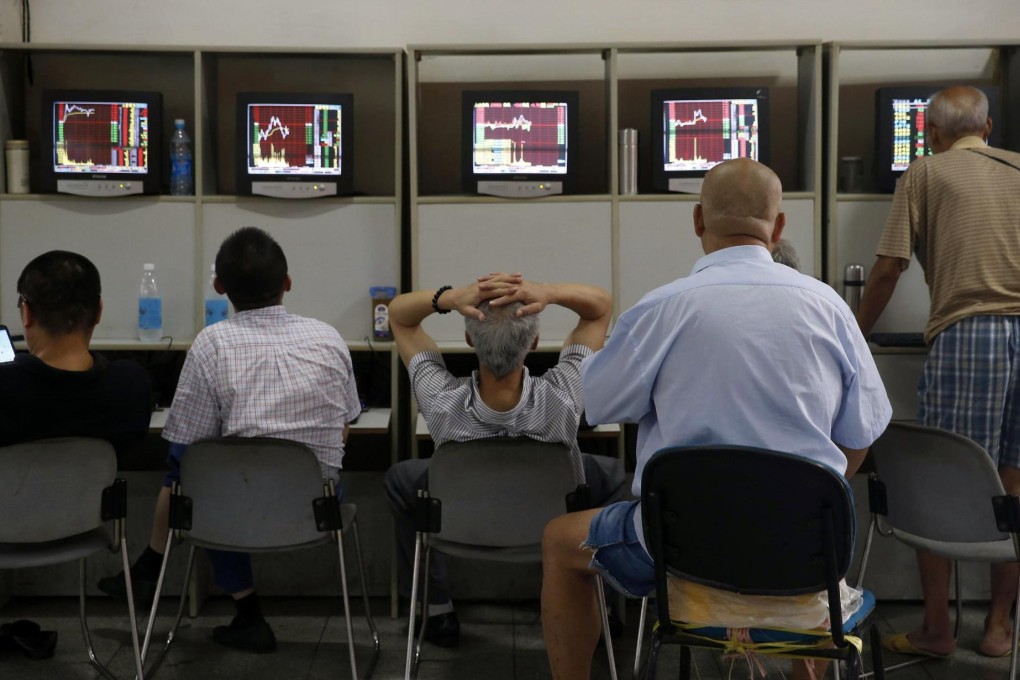Steady easing opens doors
ETFs help investors cash in on opportunities on the mainland

With China continuing on a path of moderate economic growth, Exchange Traded Funds (ETFs) have helped a new generation of international investors gain access to investment opportunities, taking advantage of the country's stable economic development. It doesn't hurt that China has also pursued the gradual liberalisation of its financial services sector, which has made it easier for asset managers to create more, and better, safer and cheaper ETFs to access the market.
Today, there are more than 50 country, sector and strategy indices tracked by about 100 Chinese equity ETFs listed in different exchanges across the globe and freely tradeable by international investors, according to figures compiled by research firm Morningstar. They hold a combined US$28 billion in assets under management. On the mainland, around 60 equity ETFs listed on exchanges hold a combined US$23 billion. However, these are available only to domestic investors. This product choice is expected to continue growing.
With the Renminbi Qualified Foreign Institutional Investor (RQFII) scheme expanding to London, Singapore, Taiwan and other locations, the market is expecting RQFII ETFs listed outside of Hong Kong to become available for the first time soon.
Meanwhile, in July, mainland authorities also raised the QFII quota to US$150 billion from US$80 billion, giving investment firms more room to create new products.
Volume-wise, the expansion of RQFII this year and the introduction of physical China ETFs, which invests directly in the underlying asset and are thus considered cheaper and less risky than their synthetic counterparts, in Hong Kong have helped to drive trading volumes of ETFs tracking the mainland market.
As a proxy, the average daily turnover of ETFs listed in Hong Kong - which corners the market for ETFs providing exposure to either onshore or offshore mainland equities - hit HK$4.5 billion in the first six months of 2013 from HK$2.5 billion a year ago, according to the Securities and Futures Commission.
And, while continuing concerns about the global financial crisis and worries about slower domestic growth have kept China equities down this year (Shanghai is down nearly 7 per cent year-to-date), there is optimism. A research report by S&P Capital IQ projects that Shanghai's A-shares index is set to rise by more than 16 per cent by the second half of the year.